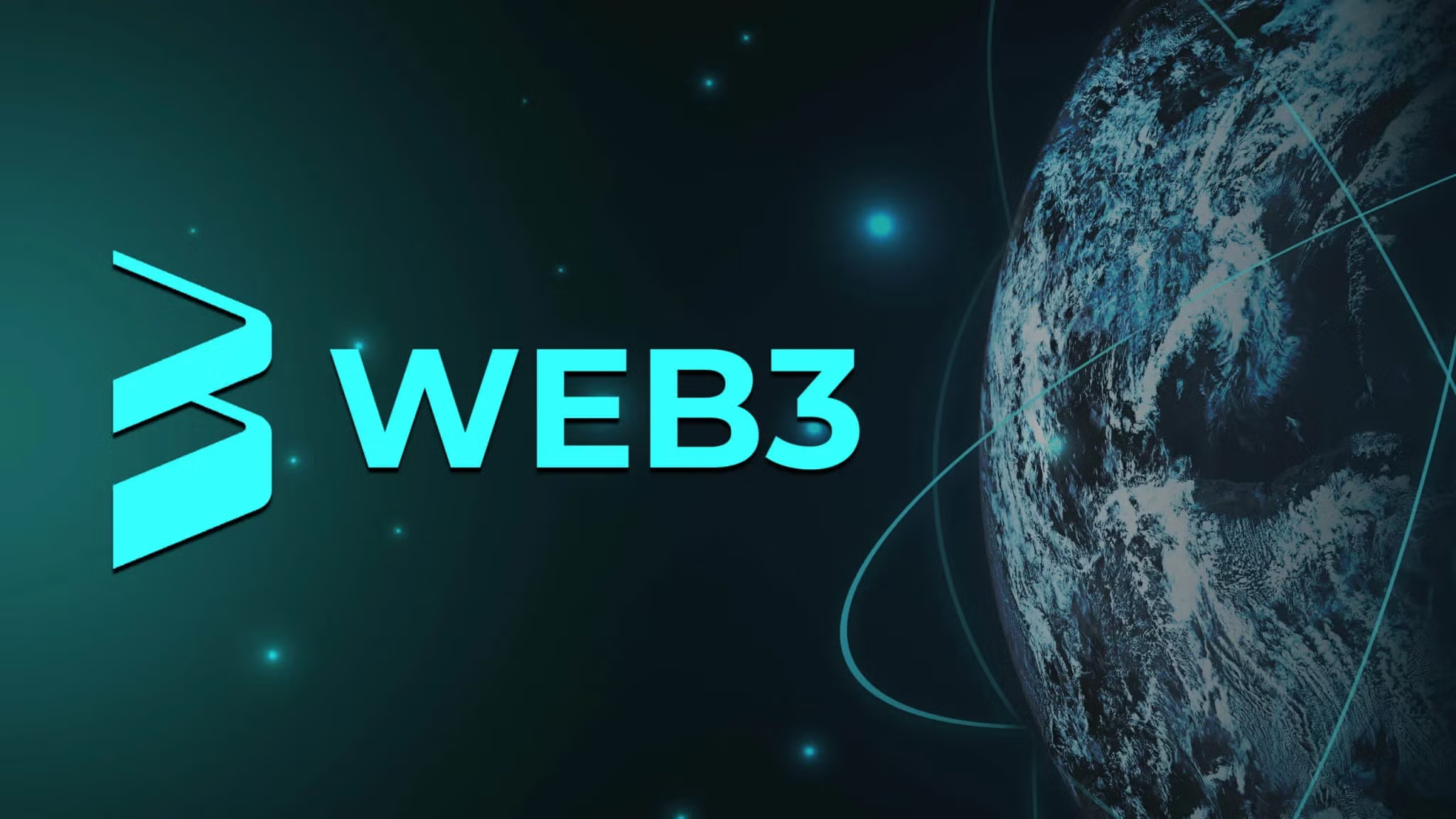Artificial intelligence offers numerous benefits for businesses, from automating mundane tasks and optimizing processes to unlocking valuable data-driven insights. Leveraging AI apps enhances organizations’ decision-making, improves customer experiences, boosts operational efficiency, and ensures a competitive edge.
As a trusted expert in AI app development, WeSoftYou will provide invaluable insights into its essential components and stages. Also, we will delve into the diverse applications of AI across industries, from finance and healthcare to marketing, and overview real-world examples.
Stay tuned to get a detailed guide and unlock the full potential of this groundbreaking technology.
What is Artificial Intelligence?

Artificial Intelligence (AI) refers to developing machines that can perform tasks usually requiring human intelligence. It involves creating a program that learns from data, reasons, makes decisions and interacts with humans. AI encompasses various subfields, including machine learning (ML), natural language processing (NLP), computer vision, and robotics.
AI has witnessed significant advancements in recent years. It’s due to growth in computing power, availability of vast data, and algorithm breakthroughs. These factors led to the development of sophisticated AI apps in diverse domains. Also, they triggered integration with advanced technologies like the Internet of Things (IoT), blockchain, and augmented reality (AR).
At the same time, ethical considerations surrounding AI, such as bias, privacy, and transparency, caused the appearance of guidelines and frameworks for responsible deployment. Today, researchers explore new technology frontiers. These are explainable AI, lifelong learning, and general intelligence that further push the boundaries of AI capabilities.
Advantages of an AI App

AI-powered mobile apps offer many advantages that revolutionize user experiences and enhance functionality. So, before guiding how to build an AI solution, let’s overview its most compelling benefits.
Personalization
With AI, mobile apps gather and analyze user data, preferences, and behaviors. This information delivers highly personalized experiences, including tailored recommendations, enhanced customization, and adaptive user interfaces. Companies that understand customer patterns offer targeted content, increasing engagement and satisfaction.
Intelligent Automation
AI mobile apps automate repetitive tasks and processes, saving users time and effort. For example, virtual assistants can schedule appointments, set reminders, answer inquiries, and perform voice command tasks. This automation boosts user productivity and convenience, improving their mobile experience.
Enhanced User Engagement
Leverage machine learning algorithms to analyze user interactions and provide interactive and engaging journeys. Features like chatbots, voice recognition, augmented reality (AR), and virtual reality (VR) captivate customers and offer immersive interactions. These elements drive user engagement, increasing app usage and audience loyalty.
Improved Decision Making
AI algorithms process vast amounts of information and extract valuable insights. Mobile apps provide users with data-driven recommendations and predictions. For instance, financial solutions analyze market trends to help clients make informed decisions. In turn, health and fitness apps offer personalized suggestions based on user data, promoting beneficial lifestyles.
Enhanced Security
Businesses incorporate advanced security measures to protect user data and prevent unauthorized access. AI algorithms detect anomalies, patterns, and potential threats. As a result, apps identify and respond to them proactively. Additionally, they provide user authentication through biometric recognition (facial or fingerprint) for secure access.
Natural Language Processing
AI-powered mobile apps understand and interpret natural language, ensuring seamless communication between users and platforms. With voice assistants, chatbots, and translation services, people issue voice commands, ask questions or engage in conversations.
Real-time Insights
Real-time insights enhance user experiences thanks to accurate and timely information delivery. For example, AI-powered navigation apps generate real-time traffic updates, suggesting alternative routes to avoid congestion. Similarly, news apps can deliver personalized updates as events unfold.
Top Industries that Benefit from AI Apps

AI mobile apps have revolutionized industries across the board, providing a wide range of benefits and transforming user experiences. Let’s explore the impact of AI on various fields.
FinTech
AI apps have transformed the financial industry by introducing advanced algorithms and machine learning capabilities. They provide several benefits, including the following ones:
- Fraud detection and prevention
- Risk assessment
- Personalized recommendations
- Automated trading
AI-powered chatbots and virtual assistants improve customer service and support, while robo-advisors assist in investment decisions. These apps analyze data to deliver real-time insights, streamline processes, and enhance financial management.
Here are some well-known examples of AI’s impact on FinTech:
- PayPal uses AI algorithms to detect and prevent fraudulent transactions. This way, the company reduces the risk of financial loss for its users.
- The investment app Robinhood employs AI to provide tailored suggestions and enable automated trading.
Healthcare
AI healthcare apps allow quick and accurate analysis of medical images, such as X-rays, CT scans, and MRIs, aiding in early disease detection. They predict patient outcomes and suggest treatment plans based on medical records and clinical data.
Virtual healthcare assistants are handy when triaging patients, answering common medical queries, and providing personalized health recommendations. Use AI to facilitate remote patient monitoring, reduce hospital visits, and improve healthcare accessibility.
Here are some examples of successful AI implementation in healthcare.
- IBM’s Watson AI technology analyzes patient data, medical literature, and clinical research. It assists in diagnosing diseases and recommending treatment options.
- Google DeepMind examines medical images for improved diagnosis and treatment planning.
Entertainment
AI algorithms analyze user preferences and behaviors. Thus, they deliver personalized content recommendations on streaming platforms, music apps, and video games. AI also enables advanced content curation, targeted advertising, and robust marketing campaigns.
AI-powered virtual assistants, voice recognition, and natural language processing enhance user interactions. They provide immersive experiences in virtual (VR) and augmented reality (AR) solutions.
Here are two famous examples of media streaming services using AI.
- Netflix employs AI algorithms to analyze user viewing patterns and preferences and provide tailored content recommendations.
- Spotify uses AI to create personalized playlists based on user favorites and behaviors, enhancing music discovery and enjoyment.
Transportation and Delivery
AI apps have transformed transportation and delivery services. In particular, they optimize route planning, traffic prediction, and fleet management. Ride-hailing apps employ such algorithms to match drivers with passengers efficiently, considering location, traffic, and demand.
Logistics and delivery companies utilize AI for demand forecasting, package tracking, and supply chain management. Autonomous vehicles improve transportation safety and efficiency, revolutionizing the industry.
Here are two real-life examples of AI-powered transportation and delivery services:
- Uber employs AI algorithms for route optimization, surge pricing, and driver matching. This way, the company ensures efficient and timely transportation.
- Amazon uses AI tools and robotics to optimize delivery routes, manage inventory, and enrich customer experience.
Education
AI in mobile apps is reshaping the education sector with personalized learning experiences, intelligent tutoring, and adaptive assessments. Organizations analyze students’ performance data to identify strengths and weaknesses, offering tailored content and recommendations for improvement.
AI-powered language learning apps assist in language acquisition. Meanwhile, virtual tutors provide tailored guidance and support. Educational institutions also benefit from such apps for administrative tasks, including student enrollment, scheduling, and support services.
Here are some examples of educational services using AI.
- Duolingo personalizes users’ language learning journeys based on their proficiency level, providing customized exercises and feedback.
- Coursera employs AI to recommend courses and learning paths considering user interests, skills, and career goals.
Energy and Manufacturing
AI apps are crucial in optimizing energy consumption, predictive maintenance, and automation in manufacturing processes. They enable predictive analytics to improve energy usage, reduce costs, and boost efficiency.
AI algorithms analyze sensor data to predict equipment failures. This approach enables proactive maintenance and minimizes downtime. In manufacturing, robotics and automation enhance productivity and precision. It leads to improved output and reduced errors.
Here’s how energy and manufacturing companies benefit from AI.
- General Electric optimizes equipment maintenance, predicts failures, and improves operational efficiency in aviation and power generation.
- Tesla leverages AI in its autonomous driving features. It uses computer vision and machine learning for driver-assistance systems and self-driving capabilities.
Marketing
Creating an AI app allows companies to enhance targeted advertising, customer segmentation, and personalized marketing campaigns. AI algorithms analyze user data, preferences, and behavior patterns to tailor advertisements and recommendations.
Moreover, AI improves lead generation and customer relationship management (CRM) by automating client interactions and providing real-time insights. AI-powered chatbots facilitate advanced client support and engagement, improving their satisfaction and loyalty.
Here are two real-life examples of using AI in marketing.
- Amazon employs AI algorithms to analyze customer browsing and purchase history. As a result, the company delivers better product recommendations and targeted advertising.
- Salesforce utilizes AI to evaluate user data, predict buying patterns, and automate personalized marketing campaigns to boost conversions.
What are the components of an AI Application?

How to create your own AI app? Artificial intelligence comprises various approaches enabling machines to mimic human intelligence and perform essential tasks. Let’s consider the most critical AI components.
Learning
Learning is a crucial AI component that involves acquiring knowledge and improving performance based on experience. Let’s overview its main types:
- Supervised learning involves training AI models on labeled data and providing input and output pairs. The models learn to generalize, make predictions, or accurately classify new, unseen inputs.
- Unsupervised learning is training AI models on unlabeled data. They learn to find patterns, similarities, and structures without specific guidance or predefined outcomes.
- Reinforcement learning involves training through a rewards and punishments system. The model takes action in an environment to maximize bonuses while minimizing penalties.
Reasoning
Reasoning is all about using logic and drawing conclusions based on available information. It involves applying rules, logical operations, and inference mechanisms to derive new knowledge or make decisions.
- Deductive reasoning is a “top-down” approach, drawing specific conclusions from general statements or rules.
- Inductive reasoning is a “bottom-up” approach, deriving general principles or patterns from specific observations or examples.
Problem-solving
Problem-solving is a core component of AI. It focuses on developing algorithms and techniques to solve complex issues or achieve specific goals. Define problems, generate possible solutions, evaluate alternatives, and select the best course of action.
- Search algorithms involve exploring a solution space to find the most optimal or satisfactory option. Examples include depth-first search, breadth-first search, and A* search.
- Optimization techniques find the best solution among feasible options, considering constraints and objectives. For example, you may use genetic algorithms, simulated annealing, and gradient descent.
Perception
This component enables AI systems to perceive and interpret information from the environment using images, sounds, and sensor data. It extracts meaningful patterns and features from raw records. This way, AI models learn to understand and interact with the world.
- Computer Vision teaches machines to analyze and understand visual data, including object recognition, image classification, segmentation, and tracking.
- Speech recognition converts spoken language into written text or commands. It involves processing audio signals and identifying words or phrases accurately.
- Natural Language Processing (NLP) trains machines to interpret, analyze, and generate textual data. It covers language understanding, sentiment analysis, and translation.
Language Understanding
Language understanding is a subset of perception focusing on comprehending written and spoken human language.
- Syntax analysis involves learning the grammatical structure of sentences to understand their syntax and hierarchical relationships between words.
- Semantic analysis focuses on understanding the meaning of words, phrases, and sentences. It maps words to their intended concepts and finds the relationships between them.
- Discourse Analysis helps understand the context, coherence, and flow of a conversation or text. It considers the broader discourse and resolves ambiguities.
How to Build AI Application
To build an AI app, consider a series of essential steps. They involve identifying the problem and choosing the right development team for designing, integrating AI algorithms, testing, and launching your product.
Identify an Issue
Start by identifying a problem or an area where an AI-powered app will provide the most significant value. Consider your solution’s target audience, market demand, and potential benefits in addressing the defined issue.
Choose an AI Development Company or Hire Individual Developers
Depending on your resources and expertise, collaborate with an AI development company or hire individual developers skilled in AI technologies. Evaluate their experience and portfolio to ensure they align with your project requirements.
Build App Design and Features
Work closely with designers and developers to create a user-friendly and visually appealing app interface. Define the core features and functionalities your artificial intelligence app will offer. Consider elements like user authentication, data input, AI algorithms integration, and seamless user experience.
Create AI Algorithm
Develop or integrate AI algorithms into your app based on the specific problem you’re addressing. It involves the following steps:
- Selecting appropriate machine learning or deep learning techniques
- Training the algorithm with relevant data
- Fine-tuning the algorithm to achieve the desired performance
Perform Pilot Project
Before launching your AI app on a large scale, consider conducting a pilot project or beta testing. This way, you will gather user feedback, identify potential issues, and make necessary improvements. Engage a limited number of users or a specific target group to test the app’s functionality and gather valuable insights.
Confirm Data Integration
AI apps heavily rely on data to train algorithms and provide intelligent insights. Collect relevant, high-quality records from various sources to ensure smooth integration. Preprocess and clean data to make it suitable for training and inference within your platform.
Launch Your App
Once you’ve tested and refined your AI platform, it’s time for the official launch. Prepare marketing strategies and create a plan to generate user awareness and attract potential users. Consider app store optimization, social media promotion, and partnerships with relevant stakeholders to maximize software visibility.
Test, Deploy, and Monitor
Regularly test your AI application for bugs, performance issues, and security vulnerabilities. Deploy updates and patches when necessary to ensure optimal functionality and user satisfaction. Monitor app performance, user feedback, and data analytics to gather insights and continuously improve your solution.
WeSoftYou Expertise in AI App Development

Finding a trustworthy and competent partner is crucial when building reliable AI apps. At WeSoftYou, we offer exceptional expertise in creating custom software, including ChatGPT-based app development and API integration. We provide end-to-end solutions, ensuring your app meets the highest quality and functionality standards.
Our team of legal experts guarantees that all our products adhere to GDPR, HIPAA, and other applicable regulations. From the discovery stage onward, we identify relevant laws, assess risk and compliance requirements, and implement the necessary controls to safeguard your app and data.
At WeSoftYou, we believe in providing exceptional value at a democratic price point. Our competitive rates for high-quality AI-based software development offer affordability without compromising the solutions’ quality. Enjoy the benefits of our flexible engagement models, top-tier talent, niche expertise focus, and Agile methodology.
Let’s look at one of the projects we worked on to learn more about our expertise.
Al-Driven Platform of Video Analytics
Radius.ai is an AI-driven video analytics platform developed by WeSoftYou. It aims to improve health and safety in public spaces like hospitals thanks to fast health checks and human behavior monitoring. The system integrates with existing security cameras. It provides real-time, actionable data and saves approximately 8-16 hours weekly for nursing staff.
We developed the platform using Python, React.js, and PostgreSQL. It differentiates between customers and staff, tracks behaviors, and provides insights to enhance operational efficiency.
Conclusion
The transformative power of AI apps is revolutionizing businesses across industries. It unlocks new opportunities for growth, efficiency, and innovation. Organizations gain a competitive edge and drive meaningful outcomes by harnessing AI’s machine learning, reasoning, problem-solving, perception, and language understanding capabilities.
To embark on your AI journey and leverage the expertise of a trusted AI development partner, contact the WeSoftYou team. With our extensive experience and commitment to delivering cutting-edge solutions, we will guide you in creating an AI app to propel your business to new heights. Don’t miss out on the immense potential of artificial intelligence – reach out to WeSoftYou and embark on your path to success.
FAQ
The development stage involves designing the app from scratch, integrating AI algorithms, and building the necessary features. The deployment focuses on launching the app, testing it, and ensuring it meets quality standards. Finally, the maintenance covers ongoing updates, bug fixes, performance enhancements, and user feedback monitoring.
WeSoftYou recommends Python as the primary programming language when creating an AI mobile application. It has a rich ecosystem of AI libraries and frameworks like TensorFlow and PyTorch. For cross-platform app development, consider React Native or Flutter. Cloud services like AWS, GCP, or Azure provide essential AI services and infrastructure, while SQLite or Firebase handle data storage needs.
Your choice depends on several factors. If real-time responsiveness, privacy, or offline functionality is crucial, keep AI on the device. However, for resource-intensive tasks, large-scale data processing, or collaborative AI capabilities, consider the cloud. It offers greater scalability and computational power. A hybrid approach is beneficial for complex computations or access to extensive datasets.





















